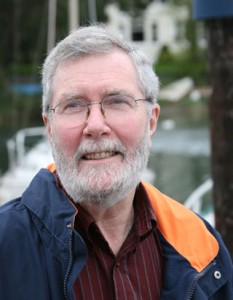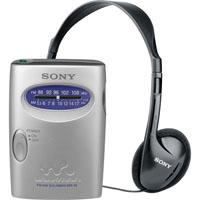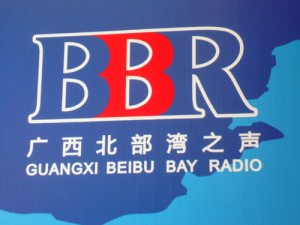Want to do something good for yourself, your knowledge of SWL–and, in the process, help others? Let me tell you how…
Ian McFarland has made available his excellent shortwave radio CD series for download on DXer.ca (an already excellent site, if you haven’t yet visited). This CD set includes a series on interval signals, foreign language recognition, a look back at shortwave history, the state of international broadcasting today, and even a bonus antenna series. I purchased these the moment I heard that they had become available as MP3 downloads in December.
And how, exactly, are you helping someone else by enjoying these programs? Fully 100% of the proceeds benefit Ian’s favorite charity, a food bank and soup kitchen in Duncan, British Columbia.
It’s a win-win, and you need to be one of those winners! What are you waiting for? Click here to go to the DXer.ca online store!
Description of CD’s from DXer.ca:
Series 1 – Were you a shortwave listener back in 1974? If you were a regular listener to RCI’s popular SWL Digest program, which went off the air in March of 1991 in the wake of a devastating budget cut at RCI, then you may remember the SW station Idents & Interval Signals Series that was featured on this award-winning program.
That series featured over 100 identification and interval signals from SW stations around the world. Many of the ident signals heard in that long-running series are no longer on the air. If you feel nostalgic about the “good old days” of SWLing, you’ll be interested to know that this unique series is now available in an autographed two-CD set.
Series 2 – CD#1: The Foreign Language recognition course + A bonus CD of classic McFarland.
Ever feel like you could do better with radio listening on the SW, MW and LW bands if you could only identify the language? Help has arrived with the release of Ian McFarland’s foreign language-recognition course. CD One of this series contains 55 language samples analyzed by noted linguist, the late Dr. Richard E. Wood. You’ll be pinning down DX faster than ever with this concise and complete audio series CD. A second bonus CD contains three flashback shows in their entirety from the Ian McFarland catalog of classics.
Series 3 – Yesterday and Today: 20 Years of SW Broadcasting. In what they feel is their “finest work ever,” Ian McFarland joins Bob Zanotti, Kim Eilliot of VOA, Jef White of WRMI, and a cast of listeners from the 20th Anniversary Kulpsville, PA, SWLing Winterfest in 2007. They combine a 2009 live forum with a flashback to 1989 – The joint SWL Digest-Swiss SW Merry-go-round program devoted to the International Radio Days conference in West Berlin in 1989.
Bonus Download Series A – The Ian McFarland Antenna Series – A must-listen for SWL’s, DXers, and radio enthusiasts at all levels, this 11-part study series covers all things made of solid and stranded copper wire. From the most basic random wire to the windom and the beverage antennas, Ian discusses the most common types of radio antennas, protecting your antennas and equipment with lightning arrestors, and some antenna book references. The McFarland Antenna series was first aired in the seventies, and this is the first time in almost twenty-five years that these recordings have been available in a high quality MP3 download. Two dollars provides one hour of interesting and informative listening on the subject.



 (Source: Jaisakthivel via Hard-Core DX)
(Source: Jaisakthivel via Hard-Core DX)